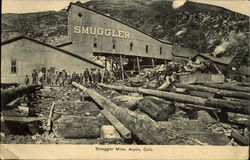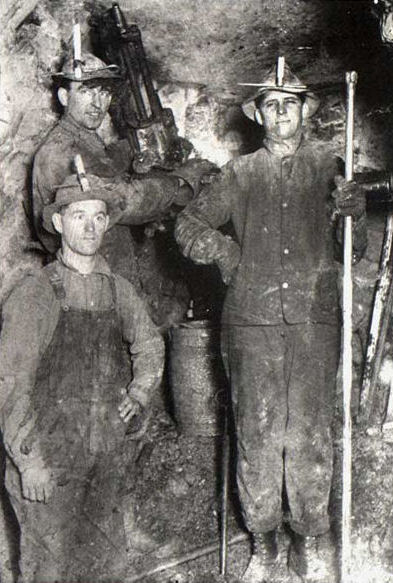 |
| Throw me some help |
Take, for example, the Holiday party I found myself at on Christmas. There was much discussion regarding good food and drink and I managed not to go all Paleo on anybody. Heck, I even had some cake for desert, which is great - that's what special occasions are all about. After the party, though, is where I got tripped up. The Hostess and my friend started discussing cholesterol and diet. And, as you can see where this is going, the Hostess was right on the money with Convention Wisdom concerning this subject. I mean classic definition type of stuff. Her cholesterol is high, her Doc wants to put her on Statins, which she doesn't want to do, so she has gone the previous 3 months without eating meat to lower it 'naturally'. And she is upset because the tests just came back and that little trick didn't work.
I was sitting there biting my tongue with no intent of saying anything, but it just came out. I don't know if I jumped in on this discussion because I really felt I had information that could help, or because I was so steamed from some of the misinformation I was hearing. Probably a combo of both I suppose. Now, there were only four of us left and the Hostess is a really good friend of my really good friend, and I do indeed like her and genuinely want to help. I probably wouldn't have opened my mouth if this had been the subject over a noisy dinner table of 10, but regardless, I was a bit surprised I did say something at all.
We actually didn't argue about the subject. I just tried tossing out some information and gauged quickly that, even though she is a very intelligent person, she has bought hook, line and sinker the CW on this stuff. To give you an example, I said that Statins have only been shown to reduce cardiovascular events in a small sub-population of people, none of which are women. To which her reply was something like - yes, but if it reduces your cholesterol blah blah blah. She even pulled out the line 'I want to get my cholesterol in the sweet spot', which I assume she means between 160 and 200. But as you and I know, your total cholesterol level is not predictive of your cardiovascular risk. Hell, I wish it was. I wish it was that easy. Take a simple test and if your not in some magic range, then change your diet or take a pill to get it there and all of a sudden your risk goes way, way down. If only there was any test (short of opening up your arteries and examining them) that could give us definitive cardiovascular risk analysis. Unfortunately, it doesn't work like that. Mark Sisson over at Mark's Daily Apple has just done an in depth series on cholesterol testing and it's limitations, definitely worth checking out if you have the time.
So then we arrive at her deciding to go vegetarian to improve her heart health. Oh man, talk about Conventional Wisdom. By all means, be a vegetarian if you so desire, but please don't make the mistake of thinking that you'll achieve optimal health by eating this way. You could possibly improve your health if you are coming from a pretty crappy diet to begin with, but optimal health will not be in your future. I find it alarming how many times people have just assumed that I, myself, am a vegetarian simply because I fit the stereotypical picture of health. They are genuinely surprised to learn that I eat lots of red meat and fat.
Alright, back to where I stared this thing ... how prevalent is this way of thinking anyhow? I kinda feel like our little wave is swelling with all of the awesome information that is freely available out there. And all of the books coming out. And all of the success stories. Am I being blinded? Somewhat, no doubt. But is this movement really getting any traction?
Sure, we're up against Big Agra, Big Pharma, and Big Government ... oh wait, maybe that's it. It's all about the money isn't it. We can be as all grass-roots as we want, but if grains continue to be subsidized by the Government, and Big Pharma underwrites all of the funding for their own studies, and the FDA puts together the Food Pyramid or whatever it's called these days - well, to put it optimistically, we'll be fighting an uphill battle. Never be fooled by the notion that Government or Big Business is looking out for our health though. No. They are just looking for profits. That is what they do.
In the end, I guess that is why Conventional Wisdom is so popular. Money buys influence. But if your health is truly important to you, then you have to take matters into your own hands. You will have to go find information and figure things out for your damn self. It sucks if you don't have a lot of time, but really, what is more important than your own health? And with so many great resources out there just a click or two away, I think information will ultimately be the key weapon against Big Money.































